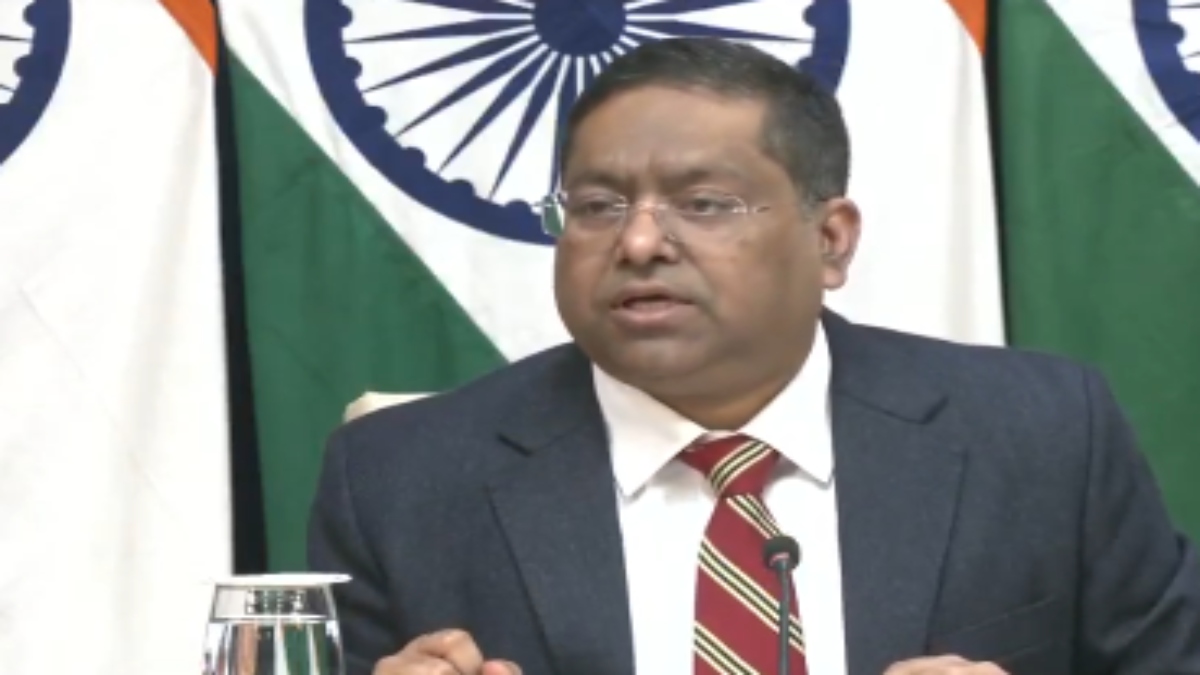)
President Donald Trump has boycotted Brazil climate talks entering their final weeks, leaving a notable gap at COP30 in Belém, where leaders from nearly 200 countries have gathered to determine the next steps in the global fight against climate change. The White House confirmed that no high-level US officials will attend this year’s conference. Trump has repeatedly dismissed human-caused climate change as a “hoax.”
Trump called climate change the world’s “biggest hoax” and chided countries for dictating climate policies, saying it “ruins the fortunes of their countries.”
“The President is engaging directly with leaders around the world on energy issues, which you can see from the historic trade deals and peace agreements that have placed a significant focus on energy partnerships,” a White House official told Reuters in an email.
China went ahead
With the United States missing from the UN’s annual international climate summit for the first time in three decades, China has stepped into the spotlight at COP30 in the Brazilian Amazon city. Its huge pavilion dominates the entrance hall of the conference grounds, executives from major clean energy companies are outlining their visions for a green future to large English-speaking audiences, and its diplomats are quietly working to ensure constructive dialogue. Those roles once belonged to Washington but now belong to Beijing.
America’s exit gives new shape to global climate diplomacy
President Donald Trump’s decision to withdraw the United States, the world’s largest historical emitter, from the Paris Agreement, as well as his refusal to send a high-level delegation to COP30, is reshaping global dynamics.
“President Trump will not jeopardize our country’s economic and national security to pursue vague climate goals that are killing other countries,” White House spokeswoman Taylor Rogers told Reuters.
China’s transformation from a quiet partner to a central player reflects broader shifts in global climate politics since Trump returned to office. Critics warn that a US retreat risks losing ground to China, which is now the world’s top greenhouse gas emitter and is rapidly expanding its renewable energy and electric vehicle industries. “China’s got this,” California Governor Gavin Newsom said during a visit earlier in the week. “If we don’t know what they’re doing to the region, to the supply chain, how they’re dominating manufacturing, how they’re flooding the region, the United States is at a competitive edge.”
This year, China’s pavilion takes center stage behind host country Brazil, replacing the modest set-up of previous years. When tourists see presentations from Chinese officials and leaders of leading companies in the global clean-tech industry they are attracted to sustainable single-origin coffee, panda toys and branded merchandise. “Let’s respect the heritage and fulfill Paris [Agreement] “A vision guided by a vision of a shared future,” Meng Jiangfeng, vice president of CATL, told the audience. Let’s advance climate cooperation and build a cleaner, more beautiful world together.”
CATL, the world’s largest battery maker, which supplies a third of batteries for EV makers including Tesla, Ford and Volkswagen, hosted its first COP event. Earlier, China’s Ecology Vice Minister Li Gao told a packed session that China’s role as the world’s leading renewable energy producer “particularly benefits countries in the global South”. State Grid, Trina, Longyi and BYD, which presented a fleet of plug-in hybrid vehicles compatible with biofuels produced in Bahia, were also among the presenters.
COP President Andres Correa do Lago and COP30 CEO Anna De Toni praised China’s role as a clean energy technology leader. De Toni said China has shown leadership “not only by carrying out its energy revolution” but also by enabling global access to low-carbon technologies at competitive prices.
Beijing continues to move quietly behind the scenes
Beyond its visibility at the venue, China is also playing a more subtle role in the negotiations to fill the gap left by the United States, which often pushed governments toward agreement in previous years. “Increasingly, China is acting as the guarantor of climate governance,” said a senior diplomat from the emerging economy, noting China’s large investments in the green economy. A Brazilian diplomat said China had played a key role in helping secure agreement on the COP30 agenda before the talks began, whereas in earlier years it had only negotiated on selected issues.
Sue Biniyaz, former US deputy climate envoy and key architect of the Paris Agreement, said China has the ability to unify diverse interests in the developing world, citing her experience working on four bilateral climate agreements with Chinese counterparts. “They are very strict, take a tough stance like the US, but then remain practical till the end,” he said. However, he said he does not agree that China is not yet moving beyond the pavilions, pointing to Beijing’s September pledge to reduce emissions by at least 7% from their peak by 2035.
Li Shuo of the Asia Society Policy Institute countered that China’s technological strength was itself a form of political leadership. “The most powerful country is not the one that has the loudest microphone at the COP,” he said, “but the one that is actually producing and investing in low-carbon technologies.”
Energy rivalry takes US and China in different directions
The deep divide stems from conflicting national interests: the US has oil and gas to sell, while China dominates the mining and processing of minerals essential to the green transition. The US is the world’s largest producer of oil and a major exporter of natural gas. China, with limited reserves relative to its population, commands the manufacturing capacity to produce renewable energy equipment on a global scale.
This competition is not motivated only by climate concerns. Both countries are adopting energy strategies based on economic priorities and national security. With entire industries at stake, Washington and Beijing are competing for energy autonomy, a race that could redefine the way the global economy operates.
end of article


)
)
)